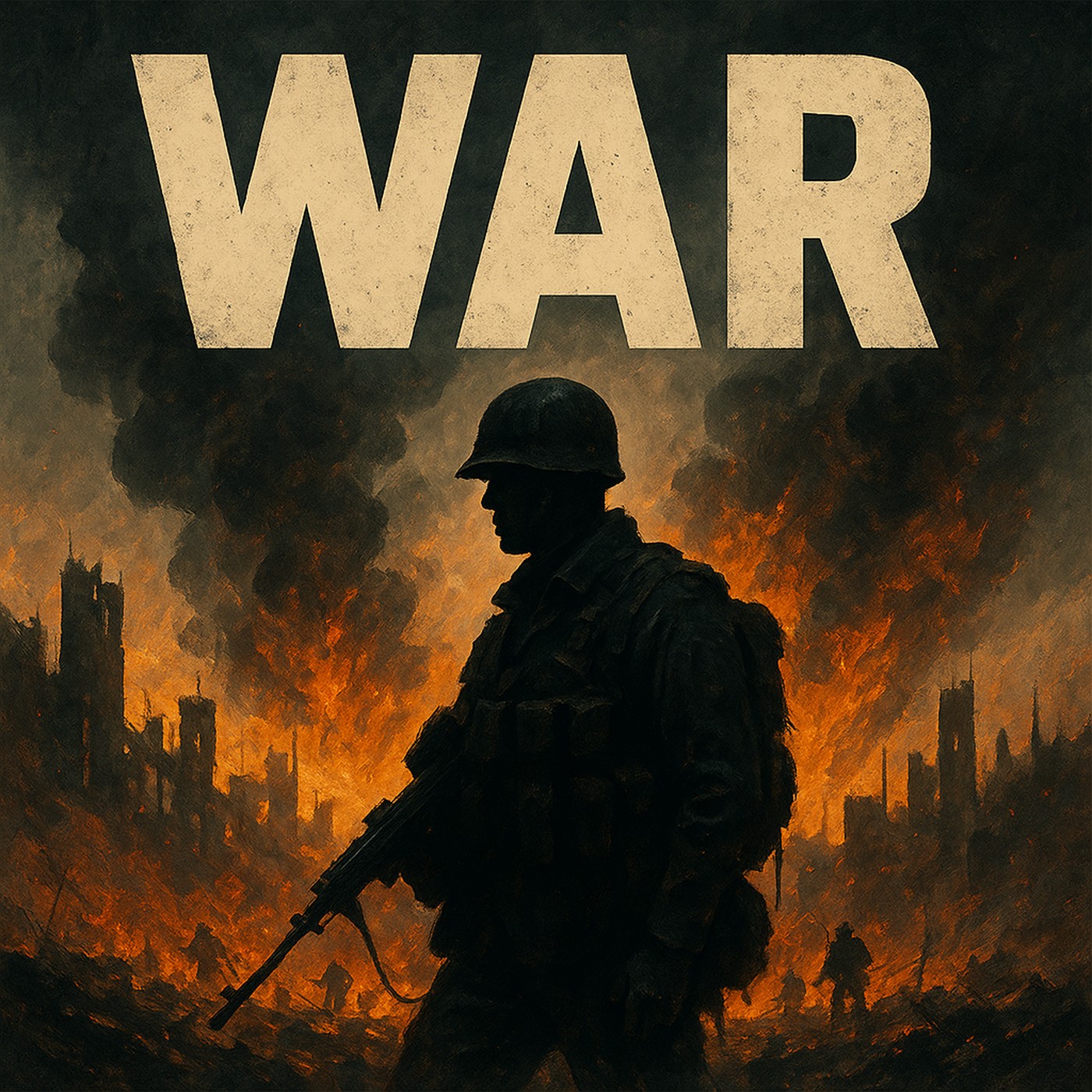
The map
of the Battle of Tannenberg reveals the essence of the problem and solution to
the invasion of Prussia by two Russian armies against a single German field
army. Faced with such odds, the staff of the German Eighth Army, led by
FM Paul von Hindenburg, devised a risky plan involving a sudden shift of nearly
their entire force against the unsuspecting southern army under Samsonov while
deceiving Russia's northern army commander, Rennenkampf, into believing he was
facing the bulk of German forces ahead of him. Samsonov's army marched
into a carefully laid trap, resulting in eventual encirclement and
annihilation.
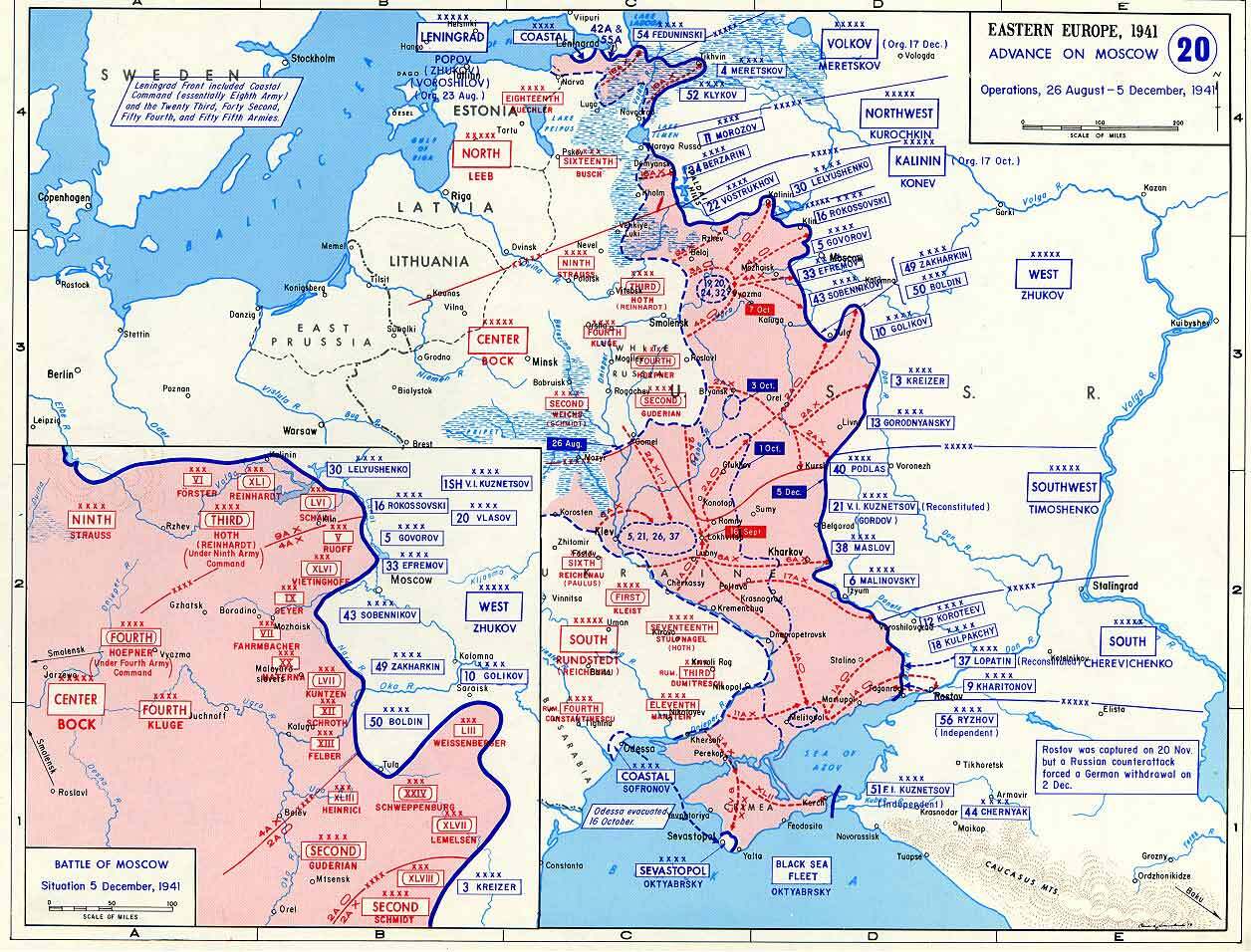
The
Battle of Moscow was a campaign fought over three months from October to
December, 1941 which was also known as Operation Typhoon by the planners of the
German high command. The offensive plan was to concentrate forces in the
central theater of the map under FM Fedor von Bock, including concentrated
groups of tanks and motorized infantry (Panzers) and then launch simultaneous
deep, penetrating thrusts through and behind Soviet lines to encircle and
destroy the Red Army blocking the advance to Moscow. This map shows the
encircled forces in blue at Vyazma and Briansk, a catastrophic situation for
the Russians in which they lost some 700,000 soldiers to death, wounds or taken
prisoner at the outset of the campaign. Nonetheless, as Soviet propaganda
at the time reassured a terrified populace, its reserves were 'incalculable'
and managed to rally and even counter-attack in December when Germany's
advanced forces were only a few miles from the walls of the Kremlin.

Here is the situation on the morning of the battle that would decide the fate of central Europe and much more. Until around 2:00 in the afternoon, the Austrian Imperial Army with its Saxon ally would face only about half the Prussian Army. The Prussians brought three field armies to the battle, but as can be seen above, only the Prussian First and Elbe armies are present with the Second Army under Crown Prince Frederick not even in the picture. The Austrians were arrayed atop bluffs overlooking the shallow Bistritz river and watched as the commander of the Prussian First Army tentatively pushed his infantry across the river and began receiving a rain of shells from a massive Austrian gun line parked mainly around Chulm. The Sweip forest, scene of desperate fighting is seen on the right flank of the Austrian army, saw Austrian imperial forces under Mollinary drive out a Prussian division and threatening von Moltke's forces with an escalating, flanking attack. The Austrian commander, Benedek, refused to support the attack further and ordered Mollinary back to his original condition, missing his best and only real opportunity to defeat the Prussians. The arrival of the Prussian Second army in the early afternoon initiated a flanking crisis followed by a collapse of the Austrian position by late afternoon.
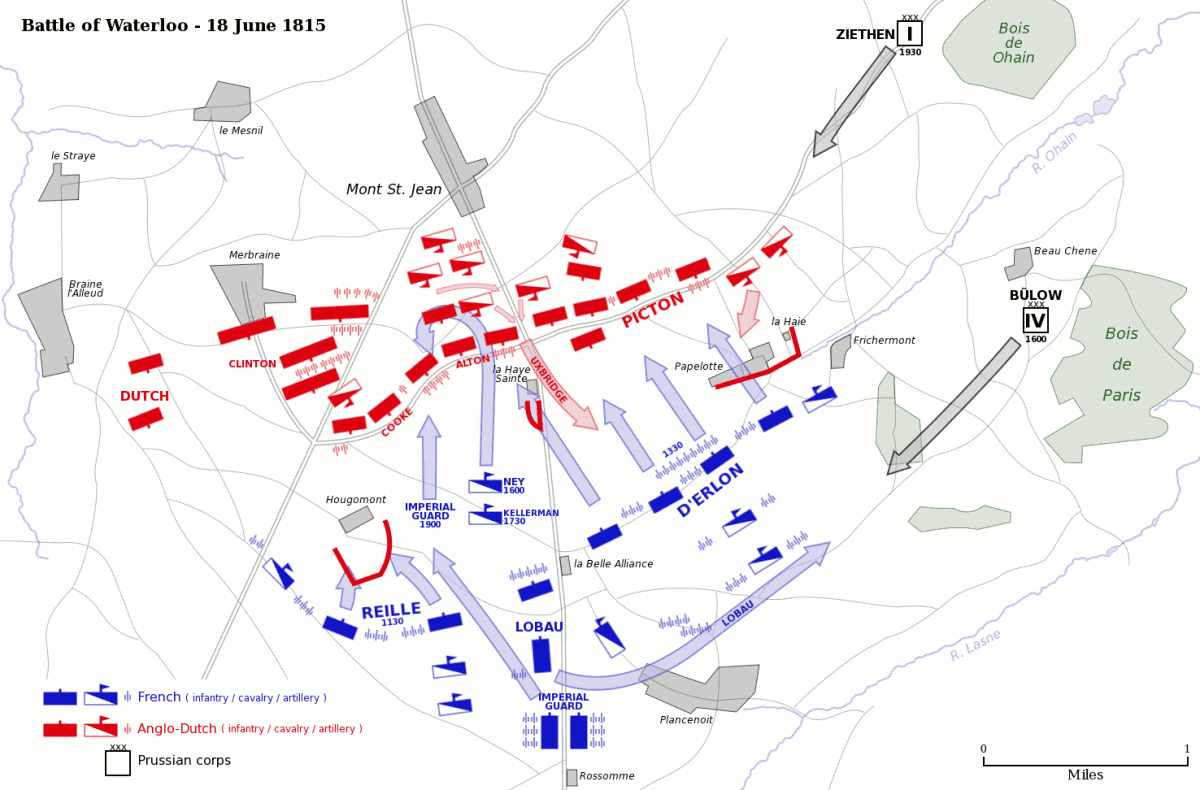
Delay of the battle until the afternoon by Napoleon unwittingly played into the hands of the Allies, giving time for the Prussian Army under FM Blutcher to march most of his army to the west, the first columns of which arrived just after the French initial attack on the British left by D'Erlon. The French were quickly weakened by having to move Lobau's division to the east to block or delay the advance of the Prussians as they arrived. Zeithen's corps, however, arrived on the heights of Mt. St. Jean in a steady stream to shore up the British left against D'Erlon's assault which was followed later in the afternoon by furious cavalry assaults by Ney. Reille's corps, seen on the French left, was stymied in place for hours fighting around the Hougemont farmhouse. As the Prussians began reaching flood tide, Napoleon personally led the Imperial Guard on to the field to attempt a desperate frontal assault on the weakened British center which had endured a pounding by French artillery. Nonetheless, the British line held firm and with the decimation of the Old Guard, the French collapsed. A general advance by the Anglo-Prussian forces cleared the field and sent Napoleon to defeat and exile.
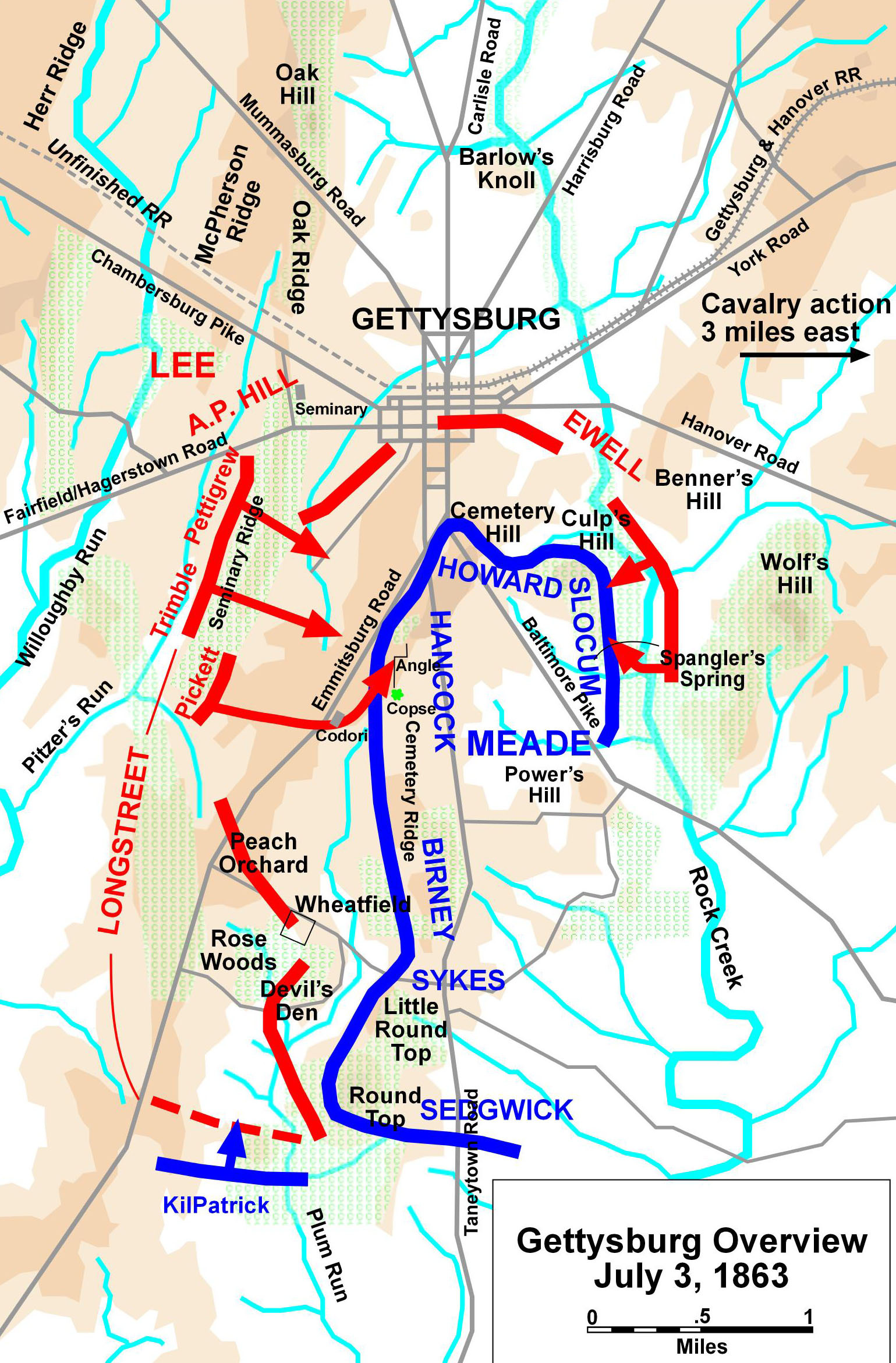
What began as an encounter battle to the north of the small Pennsylvania town of Gettysburg on July 1, 1863 became the most colossal engagement in three days of fighting ever seen on the North American continent. As Confederate and Union forces poured into the area to raise the stakes, the Union position solidified south of the city on a series of bluffs and hills forming an inverted fishhook facing the Army of Northern Virginia. Rather than maneuvering around the dug in positions occupied by Meade and the Army of the Potomac and fighting another day on more favorable terrain, Lee decided to attack instead. The plan on the second day was for Longstreet's corps to sweep around the Union left flank which on July 2 petered out north of Little Round Top, and begin an encircling attack while portions of generals A.P. Hill's and Ewell fixed the remaining Union forces with light but firm attacks of their own. The extreme delay in getting the Confederate attack underway on the second day led to bloody hand-to-hand combat around Little Roud Top and the failure of the plan. The third day, depicted above, saw Lee again attack, sending Longstreet's fresh divisions led by General Pickett in a frontal assault on the Union center under Hancock. The bloody repulse of that attack brought an end to the battle and withdrawal of the Confederates to ultimate defeat at Appomattox.

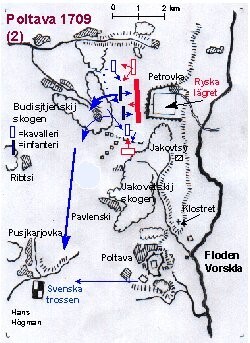
These two maps show the progress of the Battle of Poltava in June, 1709. In the first map is seen the four columns of Swedish infantry just before and during the advance and attack on the Russian fortresses shaped in the form of an upside down "T". The Swedish general Roos was to attack and quickly overwhelm the forts while the main body passed by in the rapid style advance known a the "Go-pa" technique that was feared throughout Europe. Roos became bogged down at the third fort and his force was eventually whittled down and retreated away from the main Swedish force, as can be seen. The main body of Swedish infantry succeeded in routing the initial defense of Russian infantry and cavalry, but then delayed driving home their advantage for over two and a half hours while waiting for Roos to join. The second map depicts the eventual Russian counterattack after the delay allowed them to reorganized. The double envelopment of the Swedish line eventually resulted in its disintegration and annhilation.








